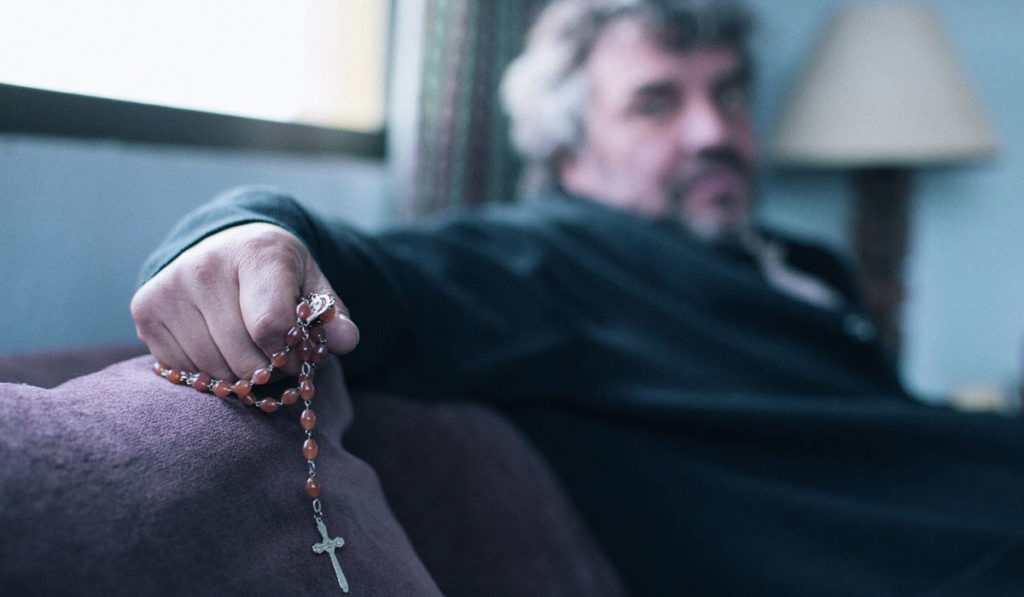The Club Review
 The setting for Pablo Larrain’s The Club is a quiet coastal town in Chile, in which there sits a small home inhabited by a group of men and one woman. As the film opens, these men appear to simply be retirees, living out their twilight years watching greyhound races and sharing each other’s company. But there is a dark secret to their home and each of their pasts.
The setting for Pablo Larrain’s The Club is a quiet coastal town in Chile, in which there sits a small home inhabited by a group of men and one woman. As the film opens, these men appear to simply be retirees, living out their twilight years watching greyhound races and sharing each other’s company. But there is a dark secret to their home and each of their pasts.
We quickly realise that these men are all priests and – thanks to the arrival of a priest named Father Lazcano (Soza) – we also discover that they are under a house arrest of sorts by the church, due to accusations surrounding child abuse. Lazcano is followed to this home by a younger man, named Sandokan (Roberto Farias), who loudly and graphically outs the priest as a child abuser as soon as he arrives.
Sandokan is a victim of abuse and an incredibly tragic figure, but Larrain and co-writers Guillermo Calderon and Daniel Villalobos do not take an easy route with this character. Instead of simply presenting us with a tragic victim, Larrain and co. use Sandokan to make an important point about the cyclical nature of abuse. It leads to one of the film’s most shocking moments and it’s deeply uncomfortable to watch, but The Club is Larrain on fierce form, making important arguments about the horrors that have occurred within the Catholic Church.
The home, the group of priests and the priest who arrives to investigate Lazcano’s death – Garcia (Alonso) – are a microcosm of the Church as a whole, Larrain using the enclosed world we see as an allegorical discussion of the far larger (but equally hermetic) institution of the Catholic Church. As Garcia arrives, reflecting the appointment of a new Pope, there are attempts to crack down on the way in which the home’s standards have slipped. The priests have been allowed to drink, watch reality TV and race a greyhound by their warden and enabler, a disgraced nun named Monica (Antonia Zegers), but Garcia is keen to return the house to a place of penance.
He is not, crucially, interested in transparency, though, or actually addressing the crimes of the past.
The Club is an angry film but it does not play out with full-throated rage; instead, the director chooses to keep the drama chilling and bleak. There are brief moments of stark violence and moments of graphic dialogue, but these are hard punctuation points among far slower, greyer scenes.
The cinematography reflects this, with a palette that is drained of colour, grey dominating every image. There are times when Larrain and cinematographer Sergio Armstrong push this a little too far, but the choice works exceptionally well for the most part, making the film even more uncomfortable to watch.
That’s not to say that The Club is unrelentingly bleak. There are moments of dark humour and Larrain is interested in exploring an idea, not pounding you into submission with it. This is a complex and challenging film that explores the sickness at the heart of an institution with remarkable clarity and intelligence. Essential and compelling viewing.
This review was originally posted on Vodzilla.co.